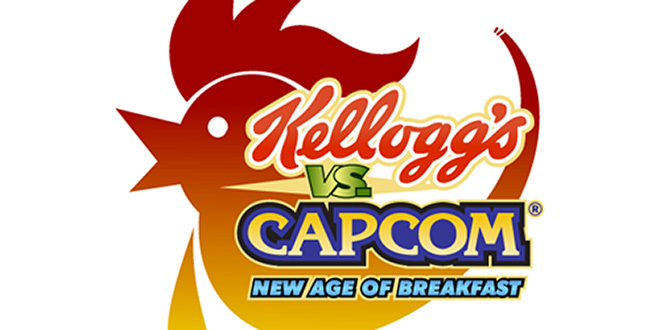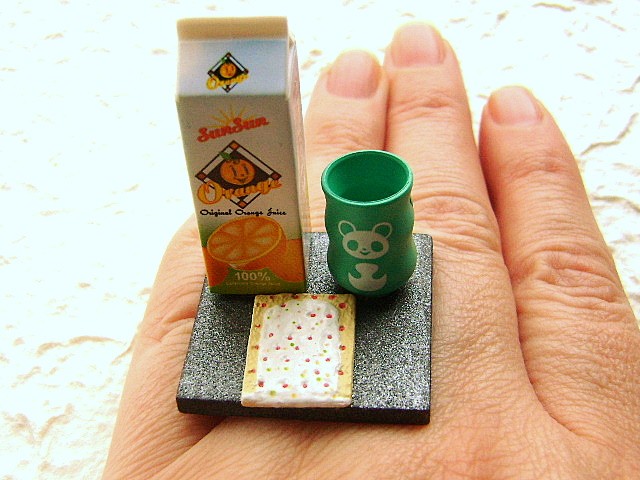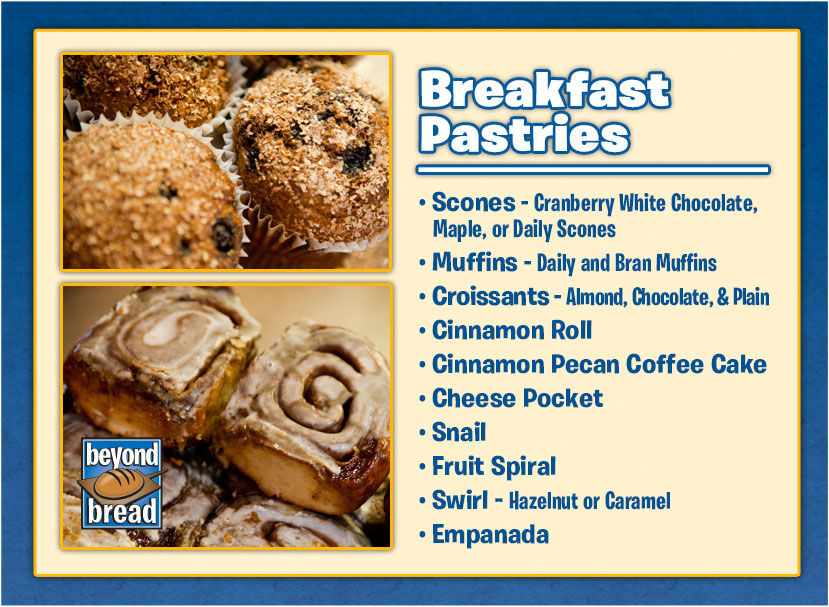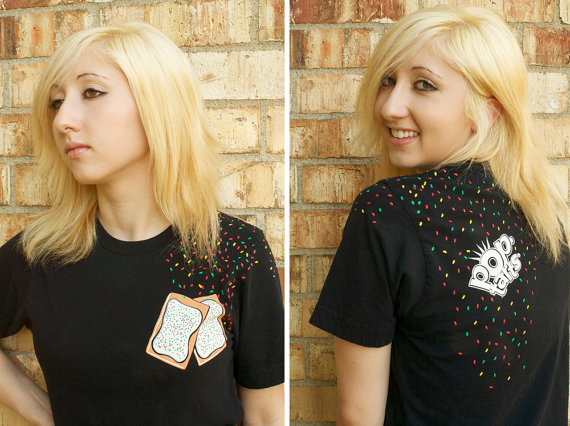DEAR COURSERA PEEPS: I’m tweeting Prof. Werbach about the appropriateness of this post, but as he has 50,000 students! 😛 and might not be able to reply, I’m also inquiring in the course forums. I have been blogging my lecture notes, which I imagine shouldn’t be disruptive or inappropriate in any way, and would fit within educational fair use, but now I would also like to blog my homework and so am asking for your advise and consent.
I am aware of your strict rules on plagiarism, and I don’t think this interferes with them. Access to this work, or anything else, wouldn’t effect a student operating withing the honor system, but further, I’m blogging after the homework deadline, so no current student could apply anything on this post to any live assignments.
In addition to blogging my own homework, which feels moderately safe, I would also like to blog the answers of the 5 student projects I have been given for peer review. This may be less appropriate, although it seems to me that it may be reasonable. The projects I grade are given to me anonymously, and Prof. Werbach has 50,000 students. Therefore my classmates privacy seems entirely protected. Since they are anonymous to me, I can’t give direct attribution to their work, but given the massive scale of the enrolled students in this course, it feels that it could be reasonable to attribute the work “to the class.”
Options:
1. You’re OK with this.
2. You’re OK with posting my own work, but not the anonymous classmates.
3. You’re not OK with posting any course homework.
If #1, then great. If #2 or #3, then I’ll gladly take down the classmates work, or the entire post.
Thank you for your consideration and thanks to Prof. Werbach and all the staff for a fantastic course, compelling enough for me to want to blog it.
Regards,
Vaneeesa Blaylock, student
Homework #1
You are an employee of Cereals Incorporated, a large manufacturer of breakfast food products. Your supervisor, Madison County, approaches you because she knows you recently took a course on gamification, which she has heard will revolutionize marketing.
She tells you that Cereals Inc. is about to release a new line of ready-to-eat breakfast pastries, and she wants to know whether to use gamification as part of the marketing strategy. The breakfast pastries will be aimed at the 18-35 age bracket. Surveys show members of this demographic often skip breakfast because they don’t want to eat the typical cereals of their youth, and they are too active to cook their own breakfasts. Market research indicates that the pastries are likely to appeal more to women than men by a 65%-35% ratio. Cereals Inc. has a 35% share of the overall breakfast food market, but only a 10% share of the fragmented ready-to-eat segment.
Provide as many reasons as you can why gamification could be a useful technique to apply to the situation your manager has presented to you. Explain why these reasons address the specific scenario provided. At this stage, focus on the problem rather than the solution. In other words, describe the goals of the project, not the particular game elements or other techniques you plan to use.
Format: Maximum of 300 words. Text, and/or a set of bullet points. Your submission should be self-contained (not requiring the grader to view any outside materials) and should provide sufficient details for the grader to understand the basis for your statements.
TO: Madison County
FROM: Vaneeesa Blaylock
RE: Gamified Marketing Approach for Cereals Inc’s new Breakfast Pastry
Our new Breakfast Pastry represents an ideal opportunity to apply gamification principles to the development, maintenance, and long term growth of a significant “player” (consumer) base in this market sector. Our first challenge will be to bring “players” into our new breakfast experience. Gamification concepts like “Onramping” and “Scaffolding” can be applied to create not just a “product,” nor simply a “game,” but a gamified experience where our Breakfast Pastry offers an energy and nutrition-fortified way for their body to start the day, as well as an experience that lets their emotional day start with succeeding at simple activities that are part of the Breakfast Pastry Challenge.
By optionally adding friends and co-workers to the networked version of the Breakfast Pastry Challenge, players can enrich their social relationships while simultaneously bringing new players to the Cereals Inc family. This gamified approach strengthens player relationships to each other and to their enjoyment of the Cereals Inc Experience. On-package interactive graphics that can be directly played or activated through smart phones can let friends compare their breakfast achievements with each other, and office groups can collaborate to earn team goals. Office team goals offer an expanded player base for Cereals Inc, a new level of engagement for the players, a more fortified way to start the day, and easy, fun access to a new level of team building and cooperation in the workplace.
Through these and other techniques we can move our new Breakfast Pastry through early adoption and into a maturity marked less by product fatigue than by increased product engagement as players experience new levels of satisfaction as new achievements are unlocked in their expanding breakfast experience.
Classmate #1
Gamification can help change the behaviour of youths who are more predisposed to games. The first problem is to address the push (away) factor of breakfast pastries as “typical cereals”. When eating cereals become “fun”, youths will respond more positively since their perception is changed. Thus, we need the fun factor which is the pull factor.
Fun, not games, provide that intrinsic reward to youths so they can sustain the change in routine to eat breakfast cereals on a regular basis. It ultimately comes down to giving youths choices in what cereals they want and gamification help start the process of behaviour change, difficult as it may be, with encouraging feedback (emotions) and getting them more involved. Some examples of gamification are
the packaging itself can be transformed into a sought-after collectible; women can gift or share/trade with such items among friends
collect in-box game badges (recognition) for buying certain packages which can be traded in for items under a relevant theme like health and wellness
badges traded in can allow a youth to be in an exclusive club (social graph) and unlock more rewards
The risk here is the peer pressure on youths to buy for the sake of obtaining badges or the packaging.
Classmate #2
By incorporating gamification as a part of our marketing strategy –integrating game elements and game design technics, both customers and Cereals Inc. will benefit from positive outcomes.
From one hand, the consumers won’t be limited to the nutritional and related properties offered by pastries. It will primarily drive the consumer –who will tend to become a player- into an enhanced experience:
– Increasing the value of the product
– Inducing direct or indirect learning, depending on the exploited skills and goals of the experience
– Emphasizing the fun dimension, to start a good day
– Balancing the image of pastries among men and women, their properties
– Reaffirming that the customer is more than a simple customer, placing him at the center
– Starting a social moment, engaging the players within their own community and the one created around the product
– Improving/Implying new behavior, by producing incentives
Then, it will have more direct repercussions on our company performances:
– Increase the company shares within the ready to eat market
– Have a positive impact on the overall company image, and increase its visibility
– Snowball effect on the other products sold by the brand
– Create a sort of loyalty by generating “an habit”
– More dynamics for the ready to eat market, since the ready to eat market is usually perceived as a more passive way to eat
– Bolder image of the company
– Movement, community around the experience and even around the company
To conclude, gamification will be a synergy force between “players” and Cereals Inc, not only aiming to improve our profits, but to as well offer an extensive experience.
Classmate #3
The first thing to make gamification work is creating an online platform, where a customer can submit his scores/points collected and so compare himself/herself to other users of the product (an alternative of a Samsung Nation’s gamification method) and see the progression online. So, here the PBL triad takes its turn, recognizing the most active consumers and rewarding them with some badges or other virtual rewards, creating a commitment from a customer. This will make a customer want to buy the product more often, thus make him want to collect more points for the cereals he/she eats for breakfast. They could be awarded to customers of the product for consuming it and/or solving some puzzle on the back of the box.
As compared to the “Zombies Run!” app mentioned in Unit 1 or Chorewars.com, which was mentioned in Homework Quiz 2, there could be created something of this fashion. For example, since cereals contain a bunch of vitamins and minerals, customers would be able to track how much healthier did their organism get after consuming cereals for, say, 7 days or 4 weeks in a row. With this, customers are getting something valuable besides the cereals for their breakfast. It will promote the healthy lifestyle habit as well.
Along with the aforementioned methods, creation of a certain narrative, which develops online with each newly purchased box of cereals will make a difference. Comics, cartoons, or some timeline/chronicle will do.
And, organizing the real reward system for the most active users would make it more profitable for the business. Say, instead of just assigning another badge, Cereals Inc. gives away a real gift of, for example, free tour to Disneyland or 1-year free “subscription” for the product.
Classmate #4
– The age bracket is very social. Gamification can provide community for competiton within and across age stratas.
– Breakfast is always called the “Most important meal of the day”. Some tracking of the completion of breakfast as a means of achieving points and badges would give consumers a sence of accomplishment and re-enforce the behavior.
– A Gamified breakfast system would encourage more breakfast eating habits with more points being awarded for our brand of breakfast pastries encouraging more sales.
– Gamification would draw attention to the breakfast. Participation would be more effective than commercials as it would not be passive.
– Gamification would allow Cereals incorporated to track customer demographics in relation to consumption behaviors.
– Gamification would allow for the adding of incentives to active customers to improve revenue.
Classmate #5
Asking people to eat or dont eat is not the right market strategy, we need to bring fun in the consumer experience about our products. Gamification is the tool that can help us target and then engage more and more consumers in our new product line. Instead of using old marketing techniques, we should implement gamification as this product is aimed at some mature youth. this 18-35 age group like to have fun in any activity and by gamifying our product we can get to that particular group very easily. Then the virality itself will bring more and more consumers who are told by their peers to use this particular product. We will use reward system and points to encourage the use of our new product. people love to have rewards for doing something, and we can creat a positive competion like environment among them which will enhance the sale and will engage more and more people. We can use our 35% share of overall market to use as an advertisment tool to let people guess about and win the new product we are launching. There will be a whole new connection between the company and the consumer.
Once gamified, our new product will have loyal consumers who will influence more and more people to use our product. The engaging experience that promises fun cannot be easily avoided and by gamifying we will creat that experience. As you told me that women are morel likely to use our new product, the gamifying will instantly catch their interest. we will encourage them to use the product that will let them have more free time than before as the new product is ready-to-eat. Creating agamified environment will induce virality and the new product line will have more reach than the ones using old marketing techniques.
Classmate #6
The ultimate goal for Cereals Inc will be to sell as many of their pastry as possible. Within that broad goal, there are a number of sub-goals, some of which will benefit from marketing techniques which use gamification. The sub-goals include:
Making people aware of their new product;
Persuading them to try them and to repeat their purchase;
Persuading them that breakfast is a social norm and/or a healthy activity;
Convincing them of the advantages of a pastry over other forms of breakfast.
The reasons for this is that their target market is an age group which will be most familiar with social sites such as FourSquare in which they exchange information about what each of them is doing, creating a form of social pressure to conform with the norm. In this case Cereals Inc would want them to persuade each other than the social norm for their peer group is eating these pastries.
The other reason for using gamification would be to persuade people to regularly eat breakfast – making it into a game in which they can win achievements and feel that they are progressing towards a healthy lifestyle through regular consumption of breakfast.
I M A G E . C R E D I T S
1. Kellogs vs Capcom / TV Tropes
2. Cute Food / Etsy
3. Breakfast Pastries / Beyond Bread
4. Pop Tart T / TheBabyDynosaur / Etsy
5. Gabby Douglas / Corn Flakes
6. Cereal Box Game / Ed W / Flickr





